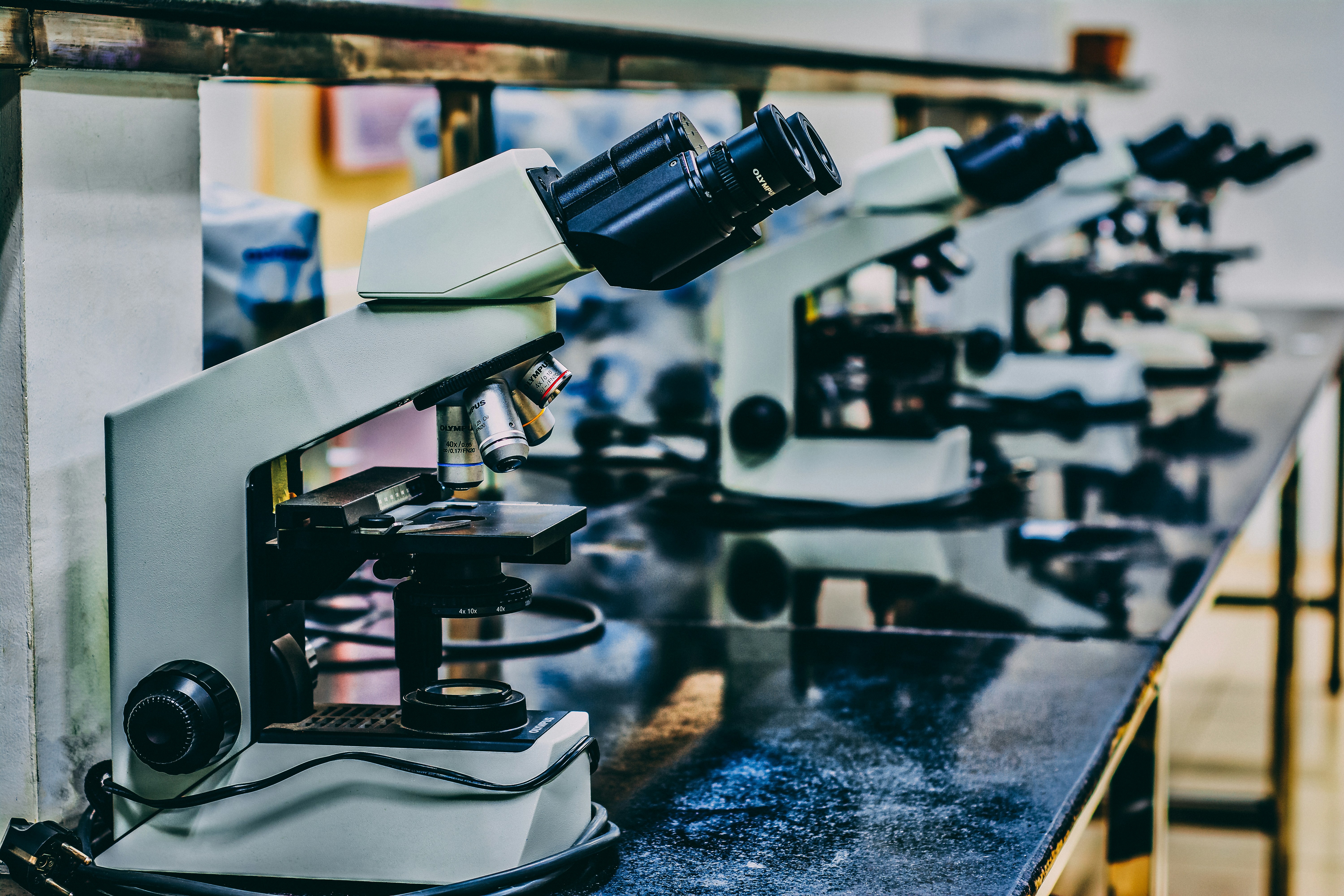Written by Paige Tamasi
Despite all the medical and technological advancements over the years, there are still millions who are affected by untreatable or undiagnosable diseases worldwide. But, hopefully, 3Helix has discovered a new method to both identify and work on treatments for these ailments.
Recently, our friends over at On Air Media Group sat down with the Head of Business Development, Toby Barrack, and the CEO and President, Mike Kirkness, of 3Helix, a medical research company that focuses specifically on collagen and how it affects various rare diseases.
Collagen is an aspect of tissue that focuses on cell growth and tissue formation. Damage to collagen is a common trend among rare diseases, including cancer, fibrosis, osteoporosis, arthritis, and diabetic vascular diseases. But let’s break collagen down just a little. It is more than just a simple structural molecule —it has data strands (think the coding in DNA). These strands prompt other cells to respond accordingly, so disruption to collagen can cause the environmental response and signals to get out of wack, leading to a loss of self-tolerance.
Doctors have been using collagen to view tissue injury and degenerative tissue diseases for a while now, but it is hard to target or monitor with existing technologies. 3Helix has been developing various CHPs and studying collagen to find new diagnostic pathways and therapies. For those of you who, like me, do not know what a CHP is, a CHP is a type of synthetic peptide that can bind to collagen despite potential damage, remodelling, or denaturing. 3Helix’s CHPs do this through structural recognition.
3Helix’s technological advancements would allow doctors to tailor various disease interventions to specific types of collagen damage. This differs from traditional medical treatments, which try to fix the cells, not the collagen and environment. Barrack and Kirkness brought up their favourite way of describing how their technology differs from traditional ones with the use of a metaphor.
The image that the disease is a traffic jam and the car (the cell) has been told by traditional medical therapies to move either forward or backwards, but due to the nature of a traffic jam, there isn’t anywhere for the car to go, so the treatment is ineffective. Now, 3Helix’s method would change the traffic lights and road signs to try to ease the traffic around the car, allowing the car to move forward and backward.
These new diagnostic measures will also be noninvasive, according to 3Helix. Many diagnosis methods for rare diseases require invasive tests, such as biopsies or Pepscans. 3Helix aims to bind the collagen so they can pull fragments of the collagen to monitor disease actively. Previously, no one has been able to bind enough collagen together to do this. By looking at the specific numbers and quality of collagen, doctors can search for evidence of various diseases.
In the future, 3Helix wants to further its research on collagen and identify and develop new ways for medical professionals to diagnose and treat untreatable and rare diseases. Barrack and Kirkness are excited about the ability to monitor disease progression rate through changes in collagen. These discoveries in the bioactive components of collagen encourage the development of new treatment technologies and methods.
3Helix is currently working on a variety of drugs and cosmetics to treat and identify previously untreatable diseases. For example, diabetic vascular disease oftentimes causes cardiovascular diseases that require surgeries. Previously, there were no preventive measures, but 3Helix is hoping that they can now prevent those diseases from forming in the first place.
They are estimated to be a year away from releasing commercially available fibrotic diagnostics, which would mean various medical professionals can use collagen turnover to determine fibrotic progression.
3Helix is making new and exciting developments in medical technological diagnosis and treatments, providing hope and care for people with autoimmune diseases and making certain diseases preventable.
Written by Paige Tamasi, Edited by Kayla Delaney, Photography by Claudia Altamimi through Unsplash License, Published by Paige Tamasi.
